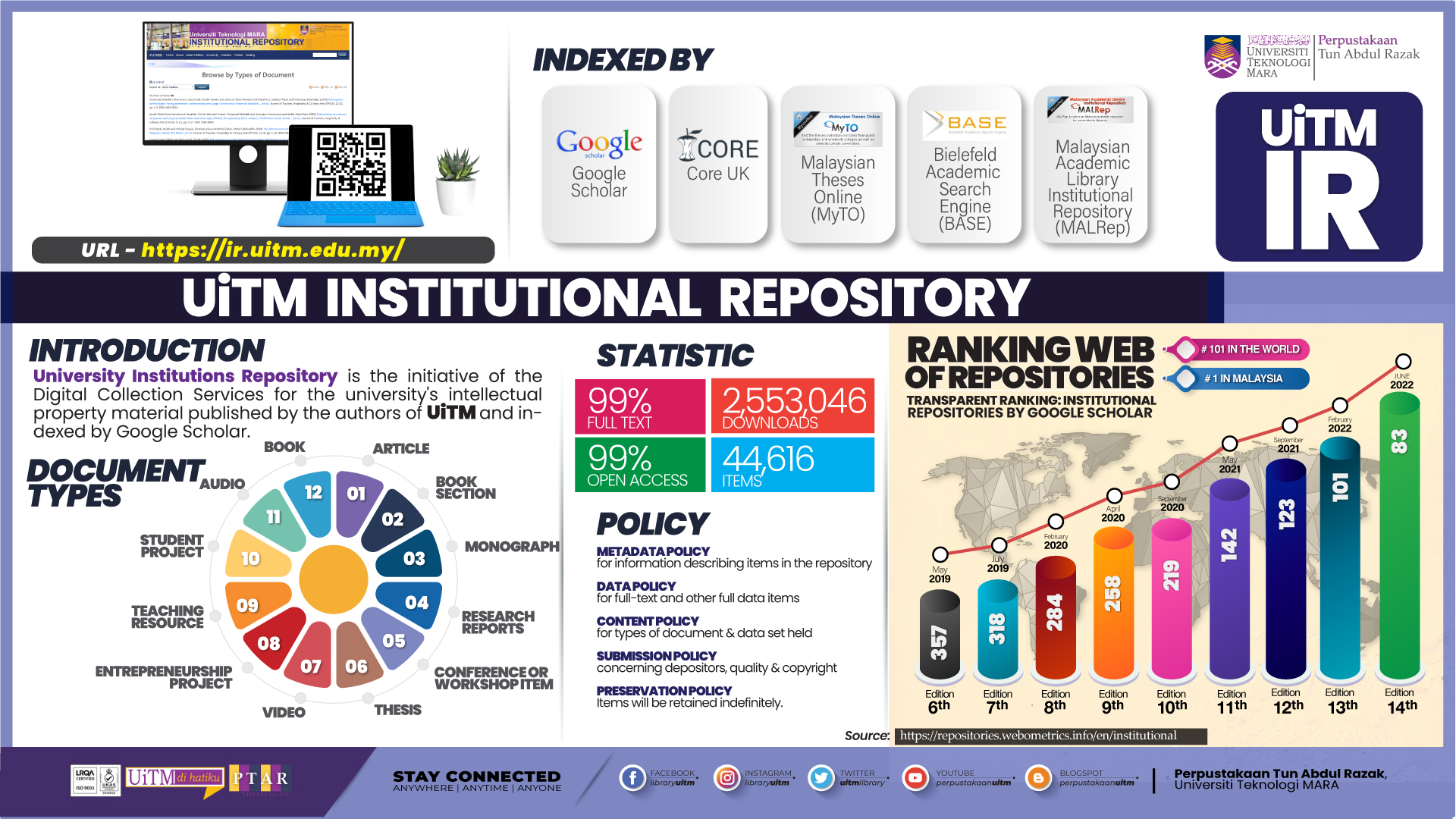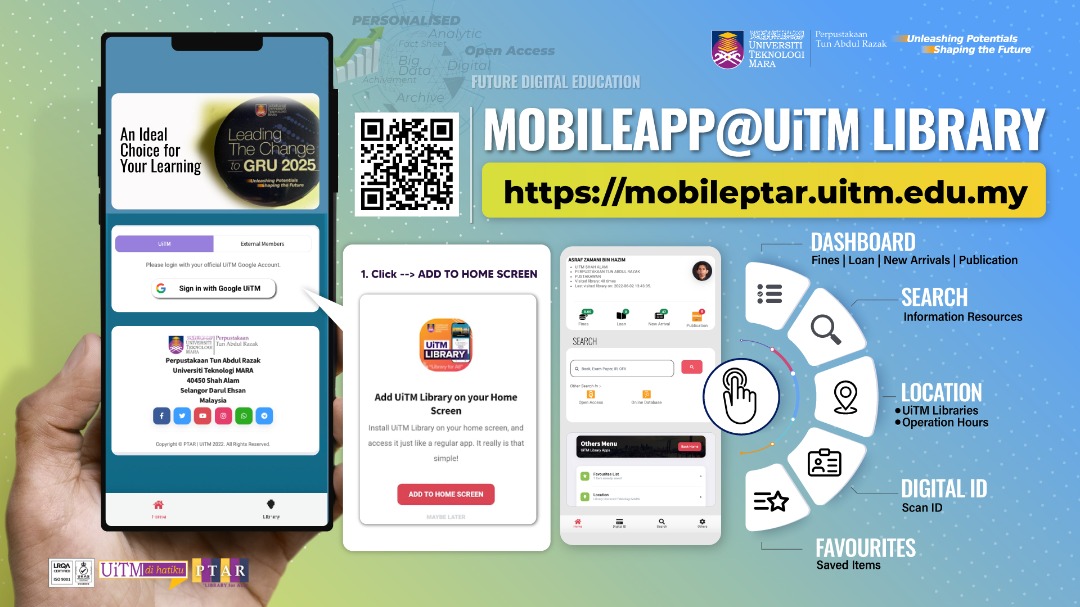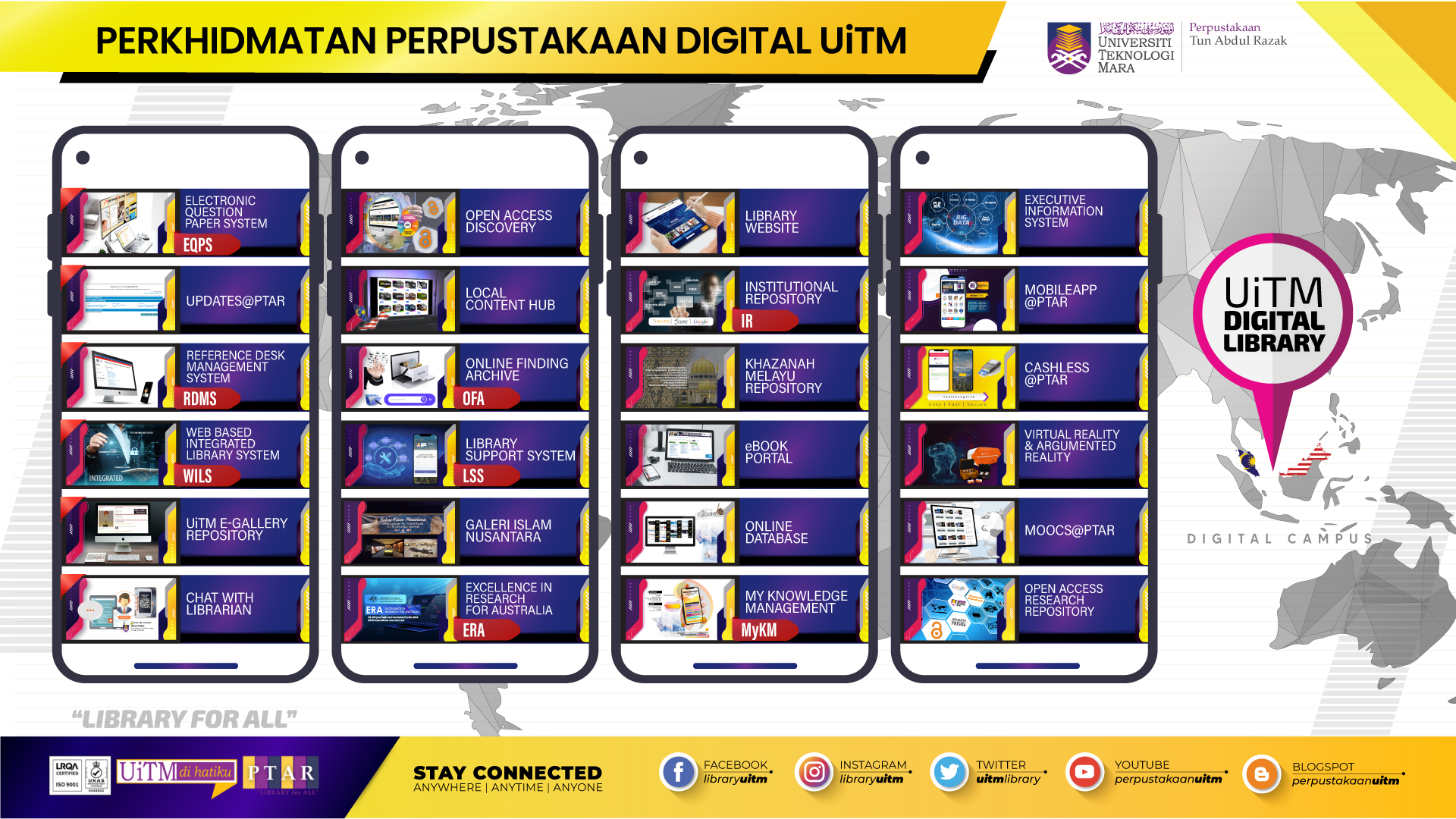Bandwidth vs Speed
Bandwidth is a very old term that predates the advent of computers and all other digital technologies. It is widely used in analog technologies like radio transmission, acoustics, and many others. In computing, bandwidth is often used to indicate the amount of data that is being, or can be, transferred at a given time. This is often measured in bits per second with common values expressed in thousands (kilobits per second), millions (megabits per second), and in billions (gigabits per second). Speed is simply a description of how fast things can be done. In computing, speed and bandwidth are often used interchangeably since they often mean the same thing.
A very good example when bandwidth would directly correlate to speed is when you are downloading a file across the network or Internet. Greater bandwidth means that more of the file is being transferred at any given time. The file would be therefore be downloaded faster. This is also applicable when you are browsing the Internet as greater bandwidth would result in web pages loading faster and video streaming to be smoother.
But in certain cases, speed and bandwidth do not literally mean the same thing. This is true when you talk about real time applications like VoIP or online gaming. In these cases, latency or response time is more important than having more bandwidth. Even if you have a lot of bandwidth, you may experience choppy voice transmission or response lag if your latency is too high. Upgrading your bandwidth would probably not help since it would no longer be used. Latency can’t be upgraded easily as it requires that any noise be minimized as well as the amount of time that it takes for packets to move from source to destination and vice versa.
To obtain the best possible speed for your network or Internet connection, it is not enough to have a high bandwidth connection. It is also important that your latency is low, to ensure that the information reaches you quickly enough. This only matters though if you have enough bandwidth as low latencies without enough bandwidth would still result in a very slow connection.
Summary:
1. Bandwidth is a measurement of how much data can be transferred at a time while speed is a measurement of how fast things are done
2. Bandwidth and speed can be synonymous when measuring how fast you can download a file
3. Bandwidth may not directly translate to speed in real time applications
VIA
http://www.differencebetween.net/technology/internet/difference-between-bandwidth-and-speed/
http://broadband-nation.blogspot.com/2007/06/speed-vs-bandwidththe-age-old-question.html
------------------------------------------------------------------------------------------------------------
One of the most commonly misunderstood concepts in networking is speed and capacity. Most people believe that capacity and speed are the same thing. For example, it's common to hear "How fast is your connection?" Invariably, the answer will be "640K", "1.5M" or something similar. These answers are actually referring to the bandwidth or capacity of the service, not speed.Speed and bandwidth are interdependent. The combination of latency and bandwidth gives users the perception of how quickly a webpage loads or a file is transferred. It doesn't help that broadband providers keep saying "get high speed access" when they probably should be saying "get high capacity access". Notice the term "Broadband" - it refers to how wide the pipe is, not how fast.Latency:Latency is delay.For our purposes, it is the amount of time it takes a packet to travel from source to destination. Together, latency and bandwidth define the speed and capacity of a network.Latency is normally expressed in milliseconds. One of the most common methods to measure latency is the utility ping. A small packet of data, typically 32 bytes, is sent to a host and the RTT (round-trip time, time it takes for the packet to leave the source host, travel to the destination host and return back to the source host) is measured.The following are typical latencies as reported by others of popular circuits type to the first hop. Please remember however that latency on the Internet is also affected by routing that an ISP may perform (ie, if your data packet has to travel further, latencies increase).
Bandwidth:Bandwidth is normally expressed in bits per second. It's the amount of data that can be transferred during a second.Solving bandwidth is easier than solving latency. To solve bandwidth, more pipes are added. For example, in early analog modems it was possible to increase bandwidth by bonding two or more modems. In fact, ISDN achieves 128K of bandwidth by bonding two 64K channels using a datalink protocol called multilink-ppp.Bandwidth and latency are connected. If the bandwidth is saturated then congestion occurs and latency is increased. However, if the bandwidth of a circuit is not at peak, the latency will not decrease. Bandwidth can always be increased but latency cannot be decreased. Latency is the function of the electrical characteristics of the circuit.
Ethernet .3msAnalog Modem 100-200msISDN 15-30msDSL/Cable 10-20msStationary Satellite >500ms, mostly due to high orbital elevationDS1/T1 2-5ms
via
http://www.dslreports.com/faq/694
------------------------------------------------------------------------------
About Bandwidth
Internet bandwidth is, in simple terms, the transmission speed or throughput of your connection to the Internet. However, measuring bandwidth can be tricky, since the lowest bandwidth point between your computer and the site you're looking at determines the effective transmission speed at any moment.
Three factors outside of your computer control how quickly you can view Web pages:
-
The Internet bandwidth between your computer and the site you're viewing.
-
The round-trip time between your computer and the site you're viewing.
-
The response time of the site you're viewing.
The tests referenced on this page address the first issue, and measure the Internet bandwidth between your computer and PC Pitstop's servers. We also have tests that can measure the round-trip time between your computer and seven different sites on the Internet, here. Of course, the response time of our site will always be wonderful...:) (If not, we'll tell you on the home page.)
Tests: Download vs. Upload
The differences between our Download and Upload tests aren't as obvious as they may initially seem. Yes, the basic difference is the direction of the data transfer: Simply put, the Download test measures your connection speed for viewing Web pages; the upload test measures the speed for maintaining them--or sending data over your connection.
However, the rated upload and download speeds may not be the same for your connection. Some connections, such as 33K and lower, are "symmetric," meaning the rated upload and download times should be the same. Other connections, such as cable modems and ADSL, are "asymmetric" (the "A" in ADSL stands for asymmetric). This means the upload and download times won't necessarily be the same; upload times are generally not as fast as download times. For instance, the rated speeds for ADSL are 1.4Mbps down, and 400Kbps up. Cable modems are typically rated at 1.5 to 3Mbps down, and 400 to 600Kbps up.
Occasionally, you may even see opposite results, especially on cable modems during the evening hours. If your connection has a heavy user load, the download times may suffer, while the upload times remain unchanged. This is because the majority of Internet users download data instead of uploading it.
Bottom line: You should regularly run our bandwidth tests to make sure you're getting the rated upload and download speeds from your connection.
About throughput and reproducibility
The Internet changes from one moment to the next in ways that are impossible to predict. You cannot expect to see the same bandwidth value every time you measure it. Furthermore, you cannot expect to see the full nominal speed of your connection for your bandwidth measurement: There are always delays somewhere. As a rule of thumb, if you can measure throughput that is 85% of your nominal bandwidth, more often than not your connection is performing at par. (You may need to contact your service provider or modem manufacturer to determine the rated speed of your connection and/or modem.)
This is especially true with modems. Most 56Kbps modems connect at a speed less than 46Kbps, because of the limitations of analog phone lines and telephone company switches.
To get the best picture of your Internet bandwidth, test several times. Also test at different times of the day: Your bandwidth measurement at 7 AM may be much better than your bandwidth measurement at 10 PM.
About bandwidth units
You will often see bandwidth and transfer speed quoted in two different units: kilobits per second, abbreviated kbps or Kb/s, and kilobytes per second, abbreviated KB/s. The difference between the two units is the number of bits in a byte, which is 8. The small 'b' stands for bits, and the big 'B' stands for bytes. Transfer speeds are often shown in KB/s, and connect speeds are usually quoted in Kb/s.
So, for instance, if a progress dialog for a modem shows you a download speed of 4.3 KB/s, it is the same as 34.4 Kb/s. If a progress dialog for a cable modem shows you a transfer speed of 100 KB/s, it is the same as 800 Kb/s.
We display our measured transfer speeds in Kb/s, to make them easier to compare with your rated line speed.
About bandwidth and modems
Bandwidth over a modem connection can sometimes be difficult to understand. There are two connections to a modem: one from your computer to its modem, and one from the computer's modem to the ISP's modem.
The connection speed between the computer and its modem (called the Maximum speed under Control Panel/Modem/General tab/Properties) should be set as high as possible without causing errors. On most computers this is 115200, also written as 115.2 Kb/s.
The connection speed between your modem and the ISP's, and the compression and error checking, are negotiated between the two modems when they establish the call. In the very best possible case, which is rarely seen, two V.90 (56 Kb/s) modems will be able to connect at 53 Kb/s with compression, and the compression on normal text transfer will average 50%, giving an effective transmission rate of 106 Kb/s. Very highly compressible material could be transferred at the maximum rate of 115.2 Kb/s. Incompressible material like ZIP files could be transferred at a maximum rate of 53 Kb/s.
Our download test transmits an incompressible block of random text. The theoretical maximum transfer speed for this over a V.90 modem is 53 Kb/s, if there was no latency at all on the line--that is, if there was no delay between the times your computer asked for a packet, our computer sent it, and your computer received it. With normal latency, however, transfer speeds are reduced to roughly 85% of the maximum, which for a V.90 modem would be about 45 Kb/s. If your modem connects to your ISP at the more typical 44 Kb/s, then you can expect our
via
http://www.pcpitstop.com/internet/bandwidth_about.asp
-----------------------------------------------------------------------------------
Bandwidth (computing)
In computer networking and computer science, bandwidth,[1] network bandwidth,[2] data bandwidth,[3] or digital bandwidth[4][5] is a bit rate measure of available or consumed data communication resources expressed in bits/second or multiples of it (kilobits/s, megabits/s etc.).
Note that in textbooks on wireless communications, modem data transmission, digital communications, electronics, etc., bandwidth refers to analog signal bandwidth measured in hertz—the original meaning of the term. Some computer networking authors prefer less ambiguous terms such as bit rate, channel capacity and throughput rather than bandwidth in bit/s, to avoid this confusion.In computer networking and computer science, bandwidth,[1] network bandwidth,[2] data bandwidth,[3] or digital bandwidth[4][5] is a bit rate measure of available or consumed data communication resources expressed in bits/second or multiples of it (kilobits/s, megabits/s etc.).
Note that in textbooks on wireless communications, modem data transmission, digital communications, electronics, etc., bandwidth refers to analog signal bandwidth measured in hertz—the original meaning of the term. Some computer networking authors prefer less ambiguous terms such as bit rate, channel capacity and throughput rather than bandwidth in bit/s, to avoid this confusion.
This table shows the maximum bandwidth (the physical layer net bitrate) of common Internet access technologies. For a more detailed list see list of device bandwidths, bit rate progress trends and list of bit rates in multimedia.
| 56 kbit/s | Modem / Dialup |
| 1.5 Mbit/s | ADSL Lite |
| 1.544 Mbit/s | T1/DS1 |
| 10 Mbit/s | Ethernet |
| 11 Mbit/s | Wireless 802.11b |
| 44.736 Mbit/s | T3/DS3 |
| 54 Mbit/s | Wireless 802.11g |
| 100 Mbit/s | Fast Ethernet |
| 155 Mbit/s | OC3 |
| 600 Mbit/s | Wireless 802.11n |
| 622 Mbit/s | OC12 |
| 1 Gbit/s | Gigabit Ethernet |
| 2.5 Gbit/s | OC48 |
| 9.6 Gbit/s | OC192 |
| 10 Gbit/s | 10 Gigabit Ethernet |
| 100 Gbit/s | 100 Gigabit Ethernet |
http://en.wikipedia.org/wiki/Bandwidth_(computing)
--------------------------------------------------------------------------------------------
The Bandwidth Debate: Video and Net Neutrality
Video is creating huge increases in bandwidth usage. It currently generates more traffic in the US than was transmitted across the entire Internet backbone in 2000. While the Internet is not about to collapse, as video becomes the primary online delivery vehicle for entertainment, news and sports, the system will strain.
The Bandwidth Debate report analyzes the impact of the growth of online video content on the Internet transmission backbone, its availability and cost.
Looking at the future of the Internet, none of the players seem happy. ISPs insist that the costs of building out Internet capacity should not fall solely on them. Further, the proliferation of professional video content online—mainly TV shows and full-length movies—threatens the business model of cable companies, who are also major ISPs in most of the US.
On the other hand, companies invested in the TV business (networks, studios and cable providers) as well as major Internet players (Google, Microsoft and Yahoo!) and smaller sites all hope to carve out a share of the potential profits of video—and they are nervous, too.
In that light, the debate over network or Internet neutrality—Net neutrality, for short—is a power play, with involved parties using bandwidth issues as negotiating tactics for divvying up the pie.
Of course, as corporations scramble, consumers could be collateral damage. That is because several ISPs are looking to limit their customers’ bandwidth usage through techniques such as monthly download caps (often called throttling) and differentiated service tiers. The problem could even spill over to online video and advertising.
Key questions “The Bandwidth Debate” report answers:
eMarketer Reports—On Target and Up to Date
The Bandwidth Debate report aggregates the latest data from international technical, marketing and communications researchers with eMarketer analysis to provide the information you need to make smart, timely business decisions.
via
http://www.emarketer.com/Reports/All/Emarketer_2000535.aspx
OTHER TOPIC RELATED
http://blogs.cisco.com/news/global-internet-expansion-who-will-lead-the-way/
http://blogs.cisco.com/tag/internet-traffic/
http://blogs.cisco.com/news/global-internet-expansion-who-will-lead-the-way/







.png)






